The BlackBerry PlayBook Review
by Anand Lal Shimpi on April 13, 2011 9:00 PM EST- Posted in
- Tablets
- Smartphones
- RIM
- BlackBerry
- PlayBook
- Mobile
Pictures
One of the few first party apps that ships on the PlayBook is called Pictures. As you might guess, it's where you can access all photos you've taken with the device as well as copied to it. Photos have to be placed in the /media/photos directory on the PlayBook but once present, they're automatically added to the Pictures library.
Albums are created according to folder name. There are no fancy preview gestures to peek at what's in an album, however once you're viewing an image you can of course zoom in/out using stretch and pinch gestures. There's a simple slideshow mode that flips through photos rather quickly, although there's no way to control the slideshow interval. I normally feel like slideshows proceed too slowly by default but on the PlayBook I'd argue that it flips through pictures too quickly.
When viewing a single picture a top-down bezel swipe brings up the ability to delete the photo, scroll through the list of photos in the current album, or set the photo as wallpaper. You can also launch the camera app from here.
The Pictures app is pretty standard fare although there isn't much in the way of sorting or customization options. It requires that you've got your photos pretty well organized by folder as there's no way to view photos by date and definitely no face detection. Common file formats are supported (JPEG, PNG, GIF) while RAW files aren't (at least from a Nikon D700 and Panasonic GF2).
Music
There's a pretty standard music player app on the PlayBook:
RIM worked with 7digital to provide direct-to-device MP3 sales. Songs are DRM-free and are priced at $1.29 per download:
Video Playback: High Profile Supported
Videos, like photos, must be stored a specific directory (/media/videos) for the Videos app to find them. The PlayBook supports .avi, .mp4 and .m4v file extensions, unfortunately there's no support for .mkv containers. The lack of .mkv support is particularly disappointing on the PlayBook because TI's OMAP 4 is actually capable of playing High Profile 1080p content in addition to videos encoded to base and main profiles.
While you will see lower battery life when playing back High Profile 1080p content, you at least don't sacrifice any performance in doing so. I didn't encounter any dropped frames regardless of encode complexity on the PlayBook. Admittedly I didn't push really high bitrates (my 1080p test was encoded at roughly 10Mbps), but even getting to this point is pretty impressive.
Maps
Microsoft's Bing powers the default search engine and maps app on the PlayBook. While the search engine is configurable, there's no option to prefer Google Maps instead.
Although the PlayBook has GPS and WiFi support, the current build of the PlayBook software doesn't support location services. As a result the maps app is only useful for looking up directions, but not telling you how to get to your destination from your current location.
The Bing Maps app is reasonably quick but not as fast as Maps on the iPad 2 or on the Motorola Xoom.


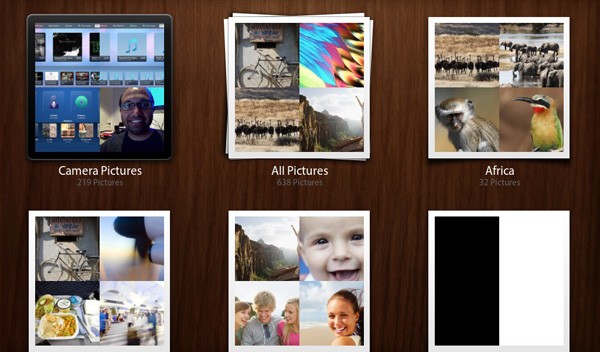
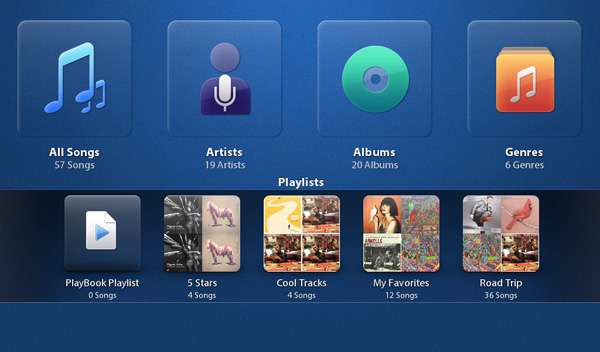
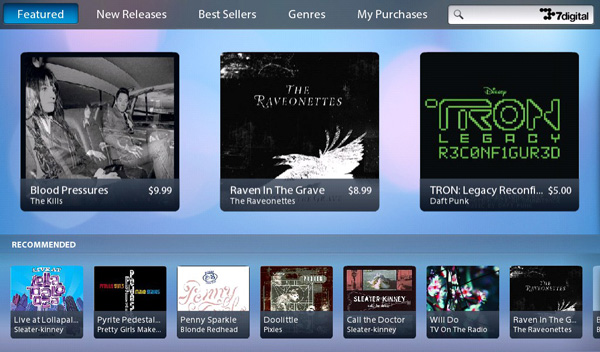
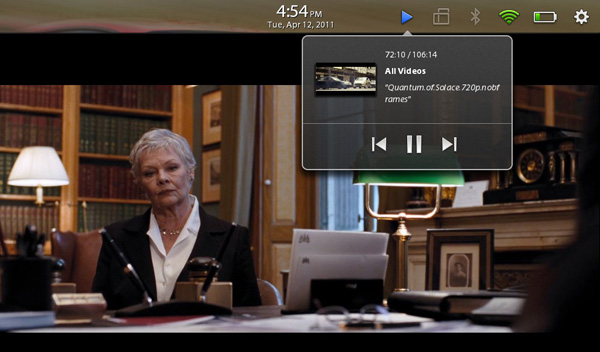
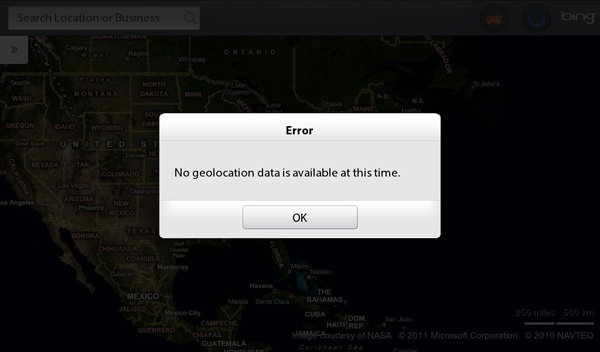








77 Comments
View All Comments
legoman666 - Wednesday, April 13, 2011 - link
No email client? Really? Is that a joke?Ethaniel - Wednesday, April 13, 2011 - link
For now it seems, but that's clearly a sample unit. All I keep reading is "needs tuning" and "needs optimization", ergo, it's not ready, and they're going to launch it anyway. Those updates will have to be lightning-fast. I don't want to pay 500 dollars to be a beta tester...SimKill - Wednesday, April 13, 2011 - link
I'm actually surprised. This is because my cousin in India said that his friend in Dubai already bought it and has it for quite some time. Do you think there might be a reason why they are purposely delaying the American release?melgross - Thursday, April 14, 2011 - link
Probably, someone is lying about it, or they've gotten some illegally obtainedRe
Reduction model much as what happened the Apple's iPhone 4.
It's first being released in N. america, according to RIM.
vol7ron - Friday, April 15, 2011 - link
Why does everyone want to price around Apple? The more I look at these devices, the more I'm likely to get the color-nook and put Droid on it. Surely the hardware would be lacking, but the functionality would still be ballpark.16GB for $500 is ridiculous. These base models need to be in the $250-300 range.
michael2k - Friday, April 15, 2011 - link
Um, the raw materials for the iPad is about $260, meaning you can't expect to buy a 16gb tablet from any manufacturer, especially one with less buying power than Apple, for much less than $400 or so.From the iPad 2:
Display is $127
Flash is about $66 for 32gb, $35 for 16gb
Case & Battery is about $60
Mobo+Camera is about $60
So for any 10" tablet the cost if they gave it away for free would be $282 or so. Your nook "cheaps out" by having a 7" screen, only 8gb storage, a slower CPU, no cameras, and a much smaller battery. It only gets 8 hours with wifi off, the iPad 2 gets 11 hours with wifi on!
In other words you're only paying $180 worth of HW in the Nook, while the iPad gets you two 1GHz cores vs a 800MHz core, 11h of battery vs less than 8 hours, 10" and 1024x768 vs 7"@1024x600, 16gb vs 8gb, and of course, no guarantee of OS updates. You're complaint is ridiculous, actually, since almost no other manufacturer has been able to beat Apple on price yet except the Acer Iconia.
quiksilvr - Friday, April 15, 2011 - link
As much as I despise Apple, I have to agree to an extent. Yes that price is quite hefty, but if Apple didn't have it's cult following, it would have easily been on sale for $399. But thanks to idiot consumers, they can bump it up a Benjamin.michael2k - Friday, April 15, 2011 - link
And no one else can order in vast enough quantities to hit the $399 price.mcnabney - Friday, April 15, 2011 - link
I am starting to doubt the iSupply numbers you quoted.They price the very nice 9.7" IPS screen that Apple uses at $129 while the clearly inferior non-IPS screen the XOOM uses at $140. Their memory prices are also highly suspect, clinging to $2/GB for what are still really small drives compared where higher performing SSDs already are. I would guess that NAND prices for tablets are under $1/GB wholesale and in quantity.
michael2k - Friday, April 15, 2011 - link
Apple orders literally 2m 9.7" IPS screens a month, probably 40m this year alone. That gives them bulk purchasing power no one else has except the manufacturer of said screens.Motorola has to pay market prices, while Apple can literally buy an entire factory's output. http://www.isuppli.com/Display-Materials-and-Syste...
It doesn't help that the Japanese earthquake halted LCD production at major plants, either!
As for SSD chips, Apple is paying a premium to get density. The low end iPad has only a single SSD 16GB chip. The mid range iPad has one or two, and the high end has two 32GB chips. As soon as prices are good or capacity is good, I'm sure Apple will use a single 32gb chip on the low end, two 32gb chips for the middle, and 2 64gb chips on the high end.